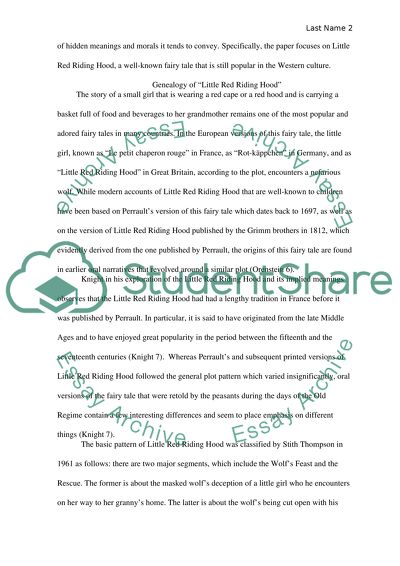Cite this document
(“Western fairy tale. Genealogy of Little Red Riding Hood Research Paper”, n.d.)
Retrieved de https://studentshare.org/literature/1402679-western-fairy-tale-genealogy-of-little-red-riding-hood
Retrieved de https://studentshare.org/literature/1402679-western-fairy-tale-genealogy-of-little-red-riding-hood
(Western Fairy Tale. Genealogy of Little Red Riding Hood Research Paper)
https://studentshare.org/literature/1402679-western-fairy-tale-genealogy-of-little-red-riding-hood.
https://studentshare.org/literature/1402679-western-fairy-tale-genealogy-of-little-red-riding-hood.
“Western Fairy Tale. Genealogy of Little Red Riding Hood Research Paper”, n.d. https://studentshare.org/literature/1402679-western-fairy-tale-genealogy-of-little-red-riding-hood.


